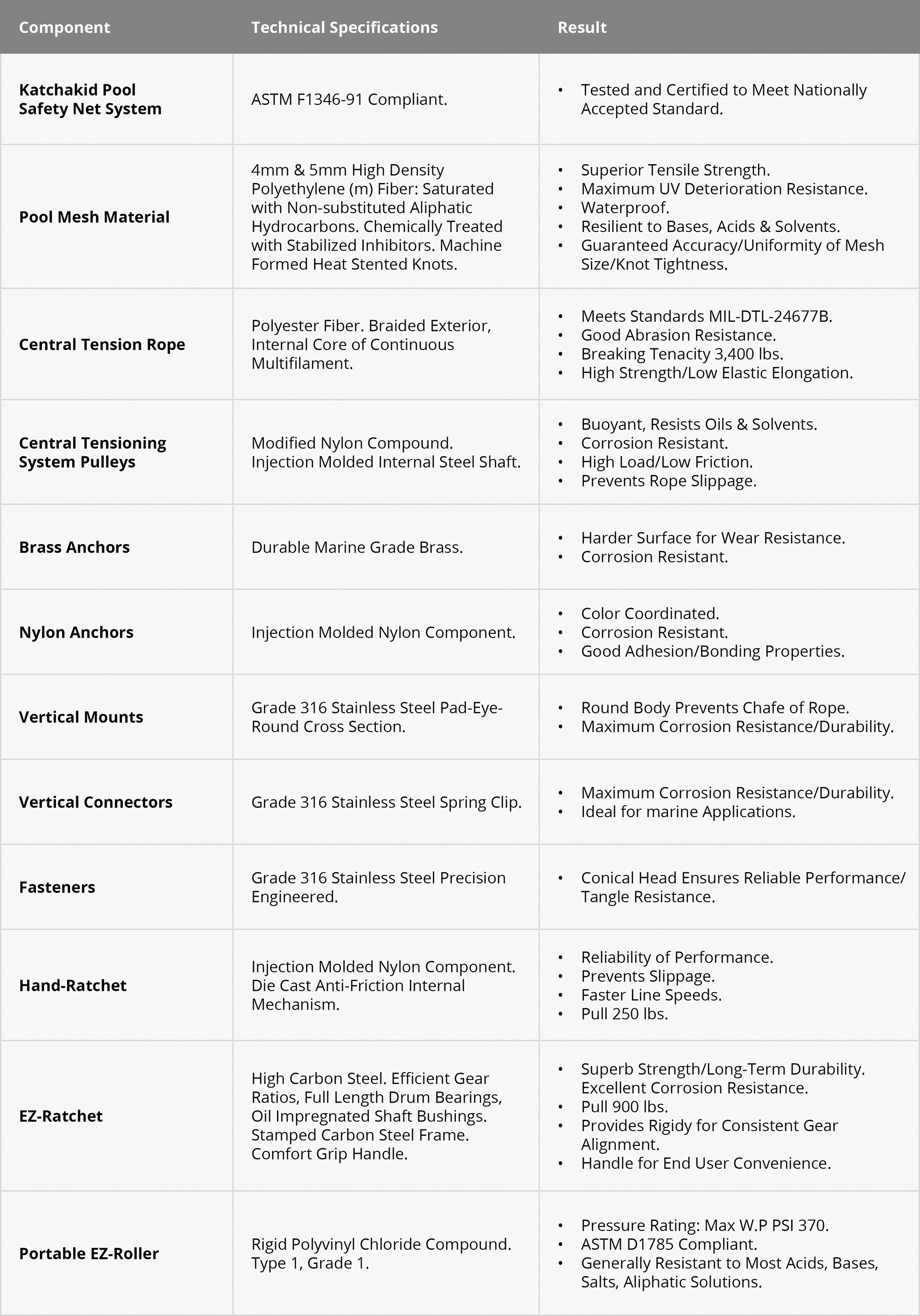Your Safety – Check Your Pool Drain Cover
Have you checked your pool drain cover? No matter how safe you think you are, every family benefits from regularly reviewing their pool environment and adding new safety equipment and safety procedures to their routine at the pool or spa. Read and share this information on pool drain covers to help stay safe.
What is Pool Drain Entrapment?
A drain entrapment occurs when a body is held against a pool or spa drain by the force of the pool’s suction or when an article of clothing, jewelry, hair or a limb is caught in a faulty drain. Children’s public wading pools, other pools designed specifically for young children, and in-ground spas that have flat drain grates and single main drain systems often pose the greatest risk of entrapment.
The best way to prevent these hazards is to recognize them ahead of time and to use caution when in a pool or spa. The key entanglement and entrapment hazards include:
- Body: A body part, often the torso or bottom, covers a drain and is held down by the intensity of the suction.
- Hair: Long hair is caught in a faulty drain cover.
- Limbs: Arms, legs, feet or fingers are lodged in a suction opening.
- Mechanical: Jewelry, bathing suits or other materials are entangled in a drain cover.
- Evisceration/disembowelment: When suction draws out the intestines and organs.
What Steps Can Help Prevent Pool Drain Entrapment and Injury?
CPSC recommends that parents and families be aware of the simple steps they can take to save lives in and around a pool or spa. These important water safety practices below are aimed at specifically reducing the hazard of pool drain entrapments and entanglements:
- Ensure any pool and spa you or your children use have anti-entrapment drain covers. Ask if you do not know before allowing children to get in the water.
- Keep children away, and teach children to stay away, from pool drains, pipes, and other openings to avoid entrapments and entanglements.
- Make sure that loose items such as long hair, clothing or jewelry are not dangling when swimming in a pool or sitting in a spa.
- Have a licensed swimming pool professional inspect your pool or spa drain cover.
- Consider installing a Safety Vacuum Release System (SVRS)—a device that will automatically shut off a pump if a blockage is detected—or any other automatic shut-off systems in your own pool or spa.
- Plainly mark the location of the electrical cut-off switch for the pool or spa pump.
- Know where the pool or spa pump switch is and know how to turn it off.
- Turn off the pump immediately.
- Instead of trying to pull the person away from the powerful suction of the drain or grate, insert fingers or a small object between the drain and the person’s body to break the seal and then roll them off until they’re free.
- Have a portable telephone close by to call for help.
- Understand the basics of life-saving so that you can assist in a pool emergency.
What does a Compliant Drain Cover Look Like?
Watch this video from the ZAC Foundation and Abbey’s Hope to understand the differences between a dangerous, non-compliant drain cover and a safer, compliant drain cover.
Read and share information about the possible dangers in pools and spas from pool drain covers that are missing, broken, or non-compliant with the Virginia Graeme Baker Pool & Spa Safety Act and learn more from the Pool Safely Campaign.
*Information courtesy of the Pool Safely Campaign






